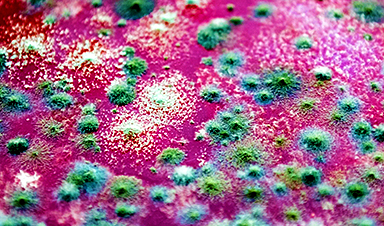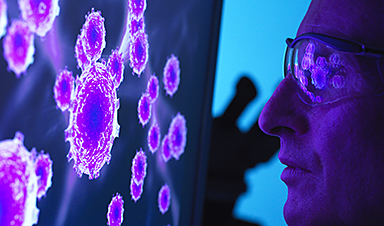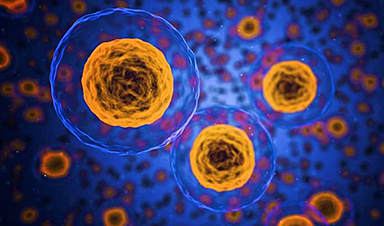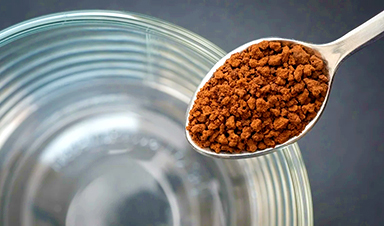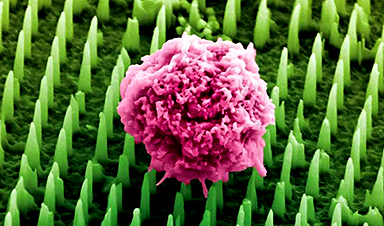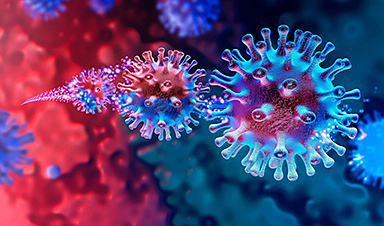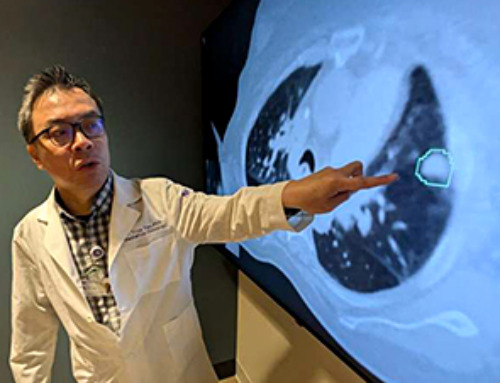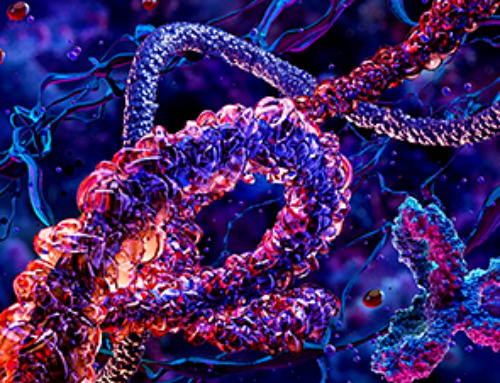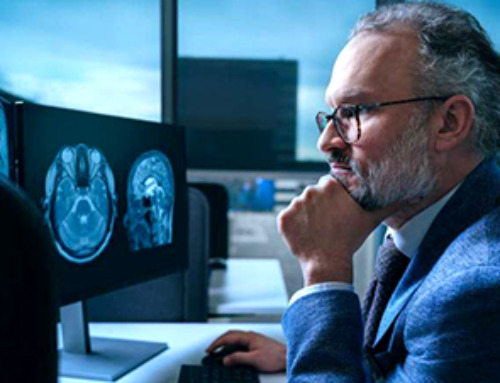AI is evolving at an incredible pace, but its growing energy demands pose a major challenge. Enter spintronic devices—new technology that mimics the brain’s efficiency by integrating memory and processing.
Scientists in Japan have now developed a groundbreaking spintronic device that allows for electrical control of magnetic states, drastically reducing power consumption. This breakthrough could revolutionize AI hardware by making chips far more energy-efficient, mirroring the way neural networks function.
Spintronic Devices: A Game-Changer for AI Hardware
AI is rapidly transforming industries, but as these technologies evolve, so does their demand for power. To sustain further advancements, AI chips must become more energy efficient.
This is where spintronic devices come in. By integrating memory and computing functions—similar to how the human brain operates—they offer a promising foundation for low-power AI chips.
Now, researchers from Tohoku University, the National Institute for Materials Science, and the Japan Atomic Energy Agency have developed a groundbreaking spintronic device. This new technology enables the electrical mutual control of non-collinear antiferromagnets and ferromagnets, allowing for efficient switching of magnetic states. In practical terms, it can store and process information using significantly less energy, much like a brain-inspired AI chip.
This breakthrough could pave the way for a new generation of AI hardware that is both highly efficient and energy-saving. The findings were published in Nature Communications on February 5, 2025.
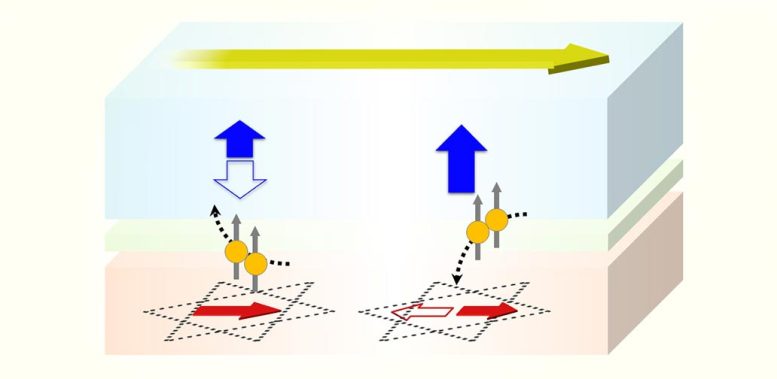
Revolutionizing AI with Multi-State Magnetic Control
“While spintronic research has made significant strides in controlling magnetic order electrically, most existing spintronic devices separate the role of the magnetic material to be controlled and the material providing the driving force,” says Tohoku University’s Shunsuke Fukami, who supervised the research.
These devices have a fixed operation scheme once fabricated, typically switching information from “0” to “1” in a binary fashion. However, the new research team’s breakthrough offers a major innovation in electrically programmable switching of multiple magnetic states.
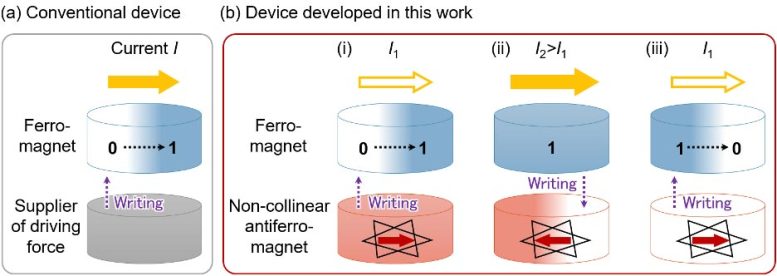
Harnessing the Power of the Magnetic Spin Hall Effect
Fukami and his colleagues employed the non-collinear antiferromagnet Mn3Sn as the core magnetic material. By applying an electrical current, Mn3Sn generates a spin current that drives the switching of a neighboring ferromagnet, CoFeB, through a process known as the magnetic spin Hall effect. Not only does the ferromagnet respond to the spin-polarized current, but it also influences the magnetic state of Mn3Sn, enabling the electrical mutual switching between the two materials.
In their proof-of-concept experiment, the team demonstrated that information written to the ferromagnet can be electrically controlled via the magnetic state of Mn3Sn. By adjusting the set current, they were able to switch the magnetization of CoFeB in different traces representing multiple states. This analog switching mechanism, where the polarity of the current can change the sign of the information written, is a key operation in neural networks, mimicking the way synaptic weights (analog values) function in AI processing.
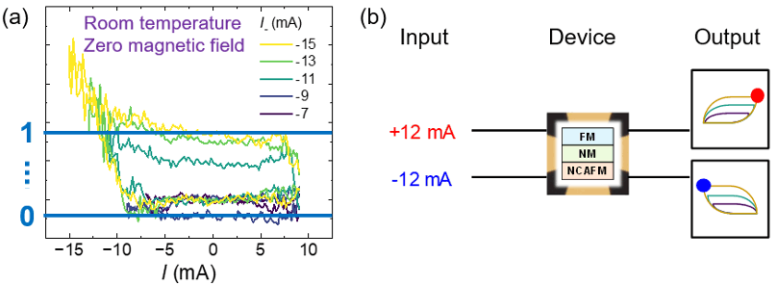
Paving the Way for Energy-Efficient AI Chips
“This discovery represents an important step toward the development of more energy-efficient AI chips. By realizing the electrical mutual switching between a non-collinear antiferromagnet and a ferromagnet, we have opened new possibilities for current-programmable neural networks,” said Fukami. “We are now focusing on further reducing operating currents and increasing readout signals, which will be crucial for practical applications in AI chips.”
The team’s research opens new pathways for improving the energy efficiency of AI chips and minimizing their environmental impacts.
Reference: “Electrical mutual switching in a noncollinear-antiferromagnetic–ferromagnetic heterostructure” by Ju-Young Yoon, Yutaro Takeuchi, Ryota Takechi, Jiahao Han, Tomohiro Uchimura, Yuta Yamane, Shun Kanai, Jun’ichi Ieda, Hideo Ohno and Shunsuke Fukami, 5 February 2025, Nature Communications.
DOI: 10.1038/s41467-025-56157-6
News
Johns Hopkins Researchers Uncover a New Way To Kill Cancer Cells
A new study reveals that blocking ribosomal RNA production rewires cancer cell behavior and could help treat genetically unstable tumors. Researchers at the Johns Hopkins Kimmel Cancer Center and the Department of Radiation Oncology and Molecular [...]
AI matches doctors in mapping lung tumors for radiation therapy
In radiation therapy, precision can save lives. Oncologists must carefully map the size and location of a tumor before delivering high-dose radiation to destroy cancer cells while sparing healthy tissue. But this process, called [...]
Scientists Finally “See” Key Protein That Controls Inflammation
Researchers used advanced microscopy to uncover important protein structures. For the first time, two important protein structures in the human body are being visualized, thanks in part to cutting-edge technology at the University of [...]
AI tool detects 9 types of dementia from a single brain scan
Mayo Clinic researchers have developed a new artificial intelligence (AI) tool that helps clinicians identify brain activity patterns linked to nine types of dementia, including Alzheimer's disease, using a single, widely available scan—a transformative [...]
Is plastic packaging putting more than just food on your plate?
New research reveals that common food packaging and utensils can shed microscopic plastics into our food, prompting urgent calls for stricter testing and updated regulations to protect public health. Beyond microplastics: The analysis intentionally [...]
Aging Spreads Through the Bloodstream
Summary: New research reveals that aging isn’t just a local cellular process—it can spread throughout the body via the bloodstream. A redox-sensitive protein called ReHMGB1, secreted by senescent cells, was found to trigger aging features [...]
AI and nanomedicine find rare biomarkers for prostrate cancer and atherosclerosis
Imagine a stadium packed with 75,000 fans, all wearing green and white jerseys—except one person in a solid green shirt. Finding that person would be tough. That's how hard it is for scientists to [...]
Are Pesticides Breeding the Next Pandemic? Experts Warn of Fungal Superbugs
Fungicides used in agriculture have been linked to an increase in resistance to antifungal drugs in both humans and animals. Fungal infections are on the rise, and two UC Davis infectious disease experts, Dr. George Thompson [...]
Scientists Crack the 500-Million-Year-Old Code That Controls Your Immune System
A collaborative team from Penn Medicine and Penn Engineering has uncovered the mathematical principles behind a 500-million-year-old protein network that determines whether foreign materials are recognized as friend or foe. How does your body [...]
Team discovers how tiny parts of cells stay organized, new insights for blocking cancer growth
A team of international researchers led by scientists at City of Hope provides the most thorough account yet of an elusive target for cancer treatment. Published in Science Advances, the study suggests a complex signaling [...]
Nanomaterials in Ophthalmology: A Review
Eye diseases are becoming more common. In 2020, over 250 million people had mild vision problems, and 295 million experienced moderate to severe ocular conditions. In response, researchers are turning to nanotechnology and nanomaterials—tools that are transforming [...]
Natural Plant Extract Removes up to 90% of Microplastics From Water
Researchers found that natural polymers derived from okra and fenugreek are highly effective at removing microplastics from water. The same sticky substances that make okra slimy and give fenugreek its gel-like texture could help [...]
Instant coffee may damage your eyes, genetic study finds
A new genetic study shows that just one extra cup of instant coffee a day could significantly increase your risk of developing dry AMD, shedding fresh light on how our daily beverage choices may [...]
Nanoneedle patch offers painless alternative to traditional cancer biopsies
A patch containing tens of millions of microscopic nanoneedles could soon replace traditional biopsies, scientists have found. The patch offers a painless and less invasive alternative for millions of patients worldwide who undergo biopsies [...]
Small antibodies provide broad protection against SARS coronaviruses
Scientists have discovered a unique class of small antibodies that are strongly protective against a wide range of SARS coronaviruses, including SARS-CoV-1 and numerous early and recent SARS-CoV-2 variants. The unique antibodies target an [...]
Controlling This One Molecule Could Halt Alzheimer’s in Its Tracks
New research identifies the immune molecule STING as a driver of brain damage in Alzheimer’s. A new approach to Alzheimer’s disease has led to an exciting discovery that could help stop the devastating cognitive decline [...]








